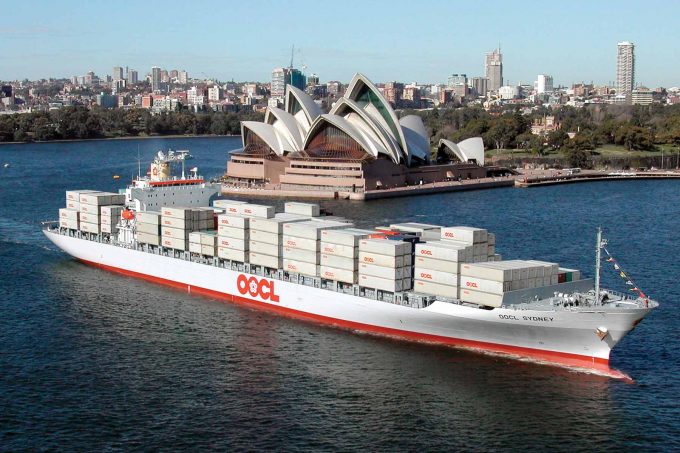Chinese New Year rush and threat of tariffs leaves box ports congested
The Chinese factory rush to get goods out before the new year holiday, and the ...

You don’t have to be an Australian supply chain operator for this article to be relevant. If you want to understand, in a nutshell, how empty containers have built up in Australia – and the lessons here apply to any importing country with a trade imbalance with Asia exporters – the country’s liner lobby group, Shipping Australia, has put together an easy-to-understand analysis.
“Covid is at the heart of the problem. Deprived of holidays, socialising with friends and nights out, consumers ...
Amazon pushes into LTL for small package fulfilment and UPS does a u-turn
New senior management for DSV as it readies for DB Schenker takeover
Volumes set to 'fall off a cliff' as US firms hit the brakes on sourcing and bookings
Asian exporters scramble for ships and boxes to beat 90-day tariff pause
Temporary tariff relief brings on early transpacific peak season
'Tariff madness' will prompt renegotiation of ocean shipping contracts
Response to tariffs by Chinese importers may see extra costs for US shippers
Forwarders 'allowing the fox into the chicken run' by supporting 'hungry' carriers

Comment on this article